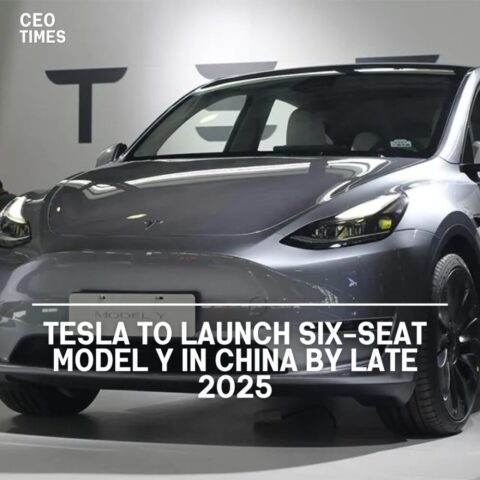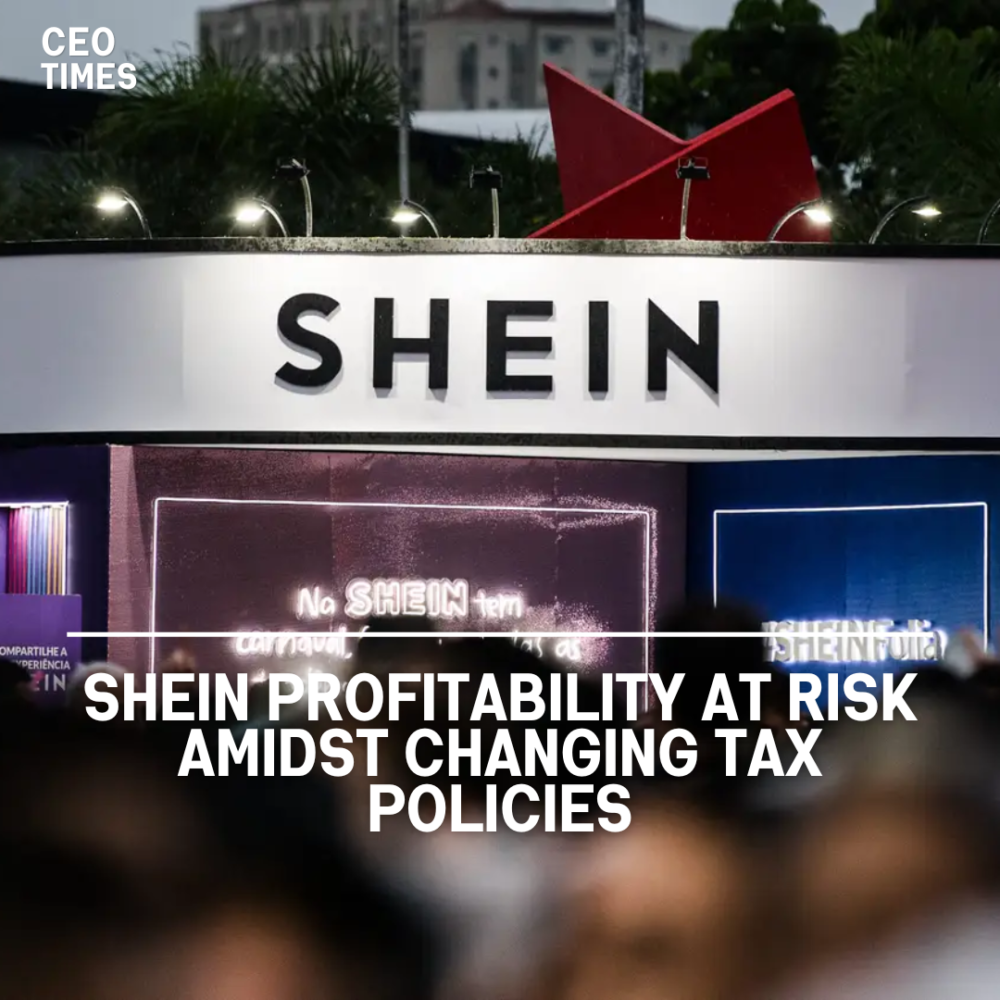Mercedes-Benz has revised its annual profit margin forecast downward following disappointing second-quarter sales and earnings.
The luxury automaker cited challenges such as weak demand for electric vehicles (EVs), fierce competition in China, and ongoing supply bottlenecks as contributing factors.
Key Factors Influencing the Forecast
- Electric Vehicle (EV) Market Challenges:
- Mercedes-Benz reported a 17% drop in EV sales in the first half of the year, highlighting the slower-than-expected adoption of electric models. This is part of a broader trend in the automotive industry, where hybrid models have seen stronger demand than full EVs.
- Stiff Competition in China:
- The Chinese market, crucial for global automakers, has presented significant challenges. Local competition and the rapid adoption of EVs have pressured Mercedes-Benz to adapt quickly. The company maintains a “cautious view” of the market, especially in the entry-level and core model segments, while striving to maintain its leadership in the top-end luxury segment.
- Economic Uncertainties and Market Dynamics:
- The economic outlook remains uncertain, with fluctuating market sentiments in Europe and solid but competitive conditions in the U.S. Mercedes-Benz aims to navigate these challenges by offering a flexible product lineup, including fossil-fuel and electric models, based on consumer demand.
Financial Performance and Adjustments by Mercedes-Benz:
- Revised Profit Margin Forecast:
- Mercedes-Benz now expects an adjusted return on sales in the range of 10-11% for the year, down from the previous 10-12% forecast. This adjustment reflects the company’s cautious stance amid the prevailing market challenges.
- Second Quarter Performance:
- The company reported a 6% drop in overall sales for the year’s first half. The cars division achieved a 10.2% return on sales in the second quarter, with adjusted earnings falling short of analyst expectations. Group-level earnings before interest and taxes (EBIT) dropped by 19.1%, in line with consensus estimates.
Outlook and Strategy
CEO Ola Kaellenius emphasized the importance of competitiveness in the EV sector, particularly in China, where rapid adoption rates necessitate a strong presence.
The company’s strategy involves maintaining flexibility in its offerings, catering to varying consumer preferences for traditional and electric vehicles.



















